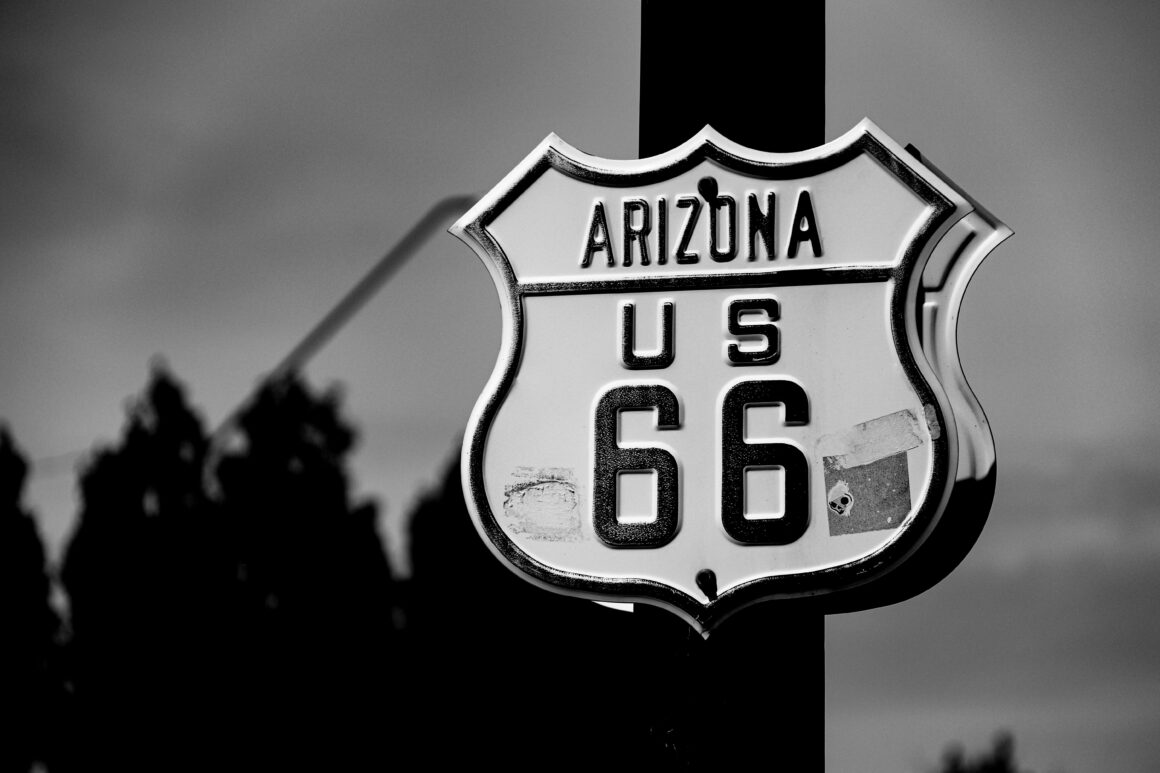Ella Anger, a second-grader from Kentucky, keeps a red-and-yellow emergency button on her bedroom wall. Whenever Ella presses the button, she and her brother race to the basement to hide themselves from the pretend shooter.
A first-grade boy from Kansas hides in a cubby during a school drill to practice keeping out of sight of a gunman. Later on, the anxious child has a nightmare that he’s been shot by a “bad guy.”
A kindergartener from North Carolina, Jackson Green, experiences lockdown drills during his school year. At home, Jackson plays “Lockdown,” where he yells for the lights to be turned off.
School mass shootings, such as Sandy Hook, have caused fear to ripple across the country. In response, parents, administrators, and police officers have turned to extreme lockdown drills to ensure safety in the case of a school shooter. However, is this preparation justified, or is it unreasonably causing anxiety in students and children across the country?
According to The Atlantic, more than 20 states require schools to have lockdown drills; however, six states have drills that specifically simulate school shootings.
During these simulations, some of which are unannounced, volunteers act as gunmen, take students hostage, attempt to break into classrooms, and even carry Airsoft guns. These drills are conducted to better prepare students, but it could unintentionally spark severe anxiety in students.
Anxious apprehension is caused by preparation for future negative events, which is usually perpetuated by an environment that pushes for over-preparation, according to the Charlotte Anxiety and Depression Treatment. A continuous focus on this causes our brains to consistently think of threatening situations. This leads to children or teens fearing the future, mistrusting their surroundings, and feeling unsafe.
For example, in Cherry Valley, Arkansas, Cross County High Schools practiced a simulated lockdown in which the shooter was played by someone they knew well or trusted, such as a local pastor or school janitor. The purpose of this exercise was to validate that threats can come from anyone. However, students at Cross Country High reported feeling “betrayed,” even upon knowing that the drill was not real. By teaching kids that a friendly face could be a school shooter, we are causing them mistrust the people in their life and feel unsafe.
Moreover, programs such as Alert, Lockdown, Inform, Counter, and Evacuate (ALICE) encourage children to fight back by telling parents to equip their kids with a can of food. This places the idea in students’ minds that they must always be on guard, a strategy that appears helpful in theory, but could lead to constant fear and anxiety.
However, with all the mass shootings occurring in the US, aren’t these practices justified? Shouldn’t a school sacrifice feelings of safety and trust in order to potentially save lives in threatening scenarios?
If shootings were as common as fires or even tornadoes, this might be true. However, the National Association of School Psychologists states that less than one percent of student homicides and suicides occur at school. Additionally, the probability of dying from a school-associated homicide is one in 2.5 million- that’s .00004 percent.
If these statistics are so low, then why do we fear school shootings so much? And why are schools feeling the need to prepare for these unlikely, yet terrifying, situations?
This mindset can be partially explained through the psychological concept of the Availability Heuristic. According to this notion, people tend to pull out information from our brains that are readily available to us. When school shootings do occur, news outlets or social media are quick to announce it, and it becomes a topic of discussion among our peers. Thus, our minds are constantly bombarded with the threat of shootings. Fear is associated with school shootings because it’s constantly heard about.
Terror of mass shootings has caused educators to over-prepare students and unnecessarily contribute to their stress. However, this isn’t to say preparation is completely nixed. Rather, the possibility of a threat must be acknowledged in a way that doesn’t cause misconceptions leading to fear and mistrust in children.
Instructing students on how to respond increased preparedness, according to Professor Amanda Nickerson, who worked with the National Association of School Psychologists. However, in order to prevent heightened anxiety or overwhelming feelings of being unsafe, drills shouldn’t use traumatic stimuli, such as gunshots, fake blood, or pretend shooters. Moreover, drills should not be unannounced, as it harms those who already deal with anxiety.
With devastating news stories about violence filling our minds, it’s understandable that we want to protect children from these tragedies. However, overpreparing for these statistically unlikely events does more harm than help.



